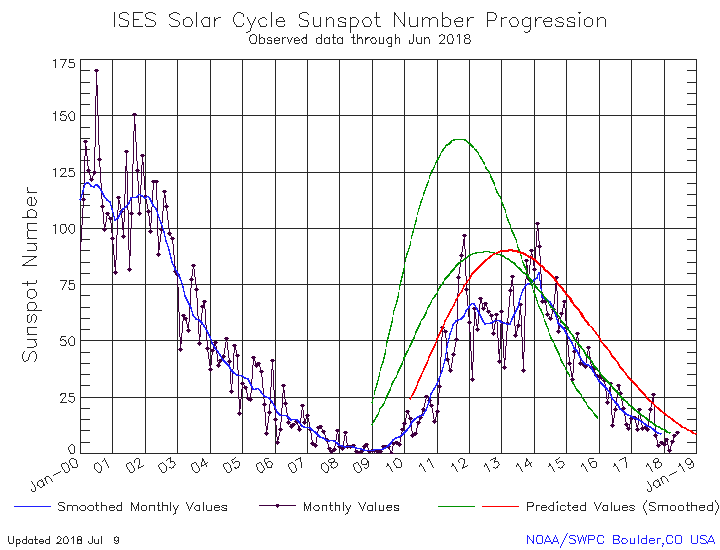Israel’s former Google Lunar X-Prize contestant to launch in 2018
Capitalism in space: Despite a failure of all contestants to to win the Google Lunar X-Prize, Israel’s competitor announced today that they still plan to launch, and will do so in December of this year.
The SpaceIL spacecraft will be launched from the United States on a Falcon 9 orbital launch vehicle, built by Elon Musk’s Space Exploration Technologies Corporation, or SpaceX. At a press conference on Tuesday, SpaceIL representatives announced that the unmanned lunar landing craft will be transferred to the US in November, with a launch date in December.
According to SpaceIL, the unmanned space vessel will reach the moon and complete the lunar landing on February 13th next year.
They say the lander will plant an Israeli flag on the Moon, but the images at the link, as well as the announcement, suggests that the lander will no longer have the ability to rove, as required for the X-Prize. It appears to me that they have simplified the mission in order to fly it quickly and gain the public relations such a flight will give them.
Capitalism in space: Despite a failure of all contestants to to win the Google Lunar X-Prize, Israel’s competitor announced today that they still plan to launch, and will do so in December of this year.
The SpaceIL spacecraft will be launched from the United States on a Falcon 9 orbital launch vehicle, built by Elon Musk’s Space Exploration Technologies Corporation, or SpaceX. At a press conference on Tuesday, SpaceIL representatives announced that the unmanned lunar landing craft will be transferred to the US in November, with a launch date in December.
According to SpaceIL, the unmanned space vessel will reach the moon and complete the lunar landing on February 13th next year.
They say the lander will plant an Israeli flag on the Moon, but the images at the link, as well as the announcement, suggests that the lander will no longer have the ability to rove, as required for the X-Prize. It appears to me that they have simplified the mission in order to fly it quickly and gain the public relations such a flight will give them.





